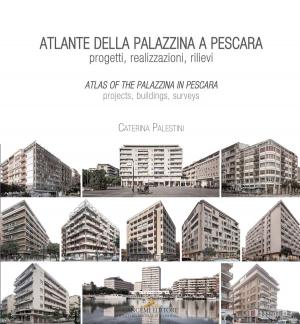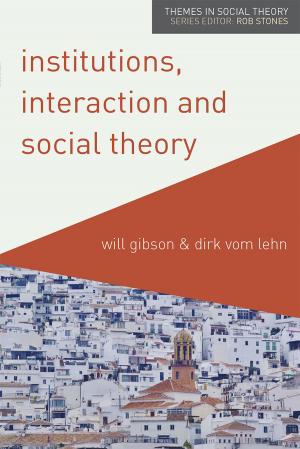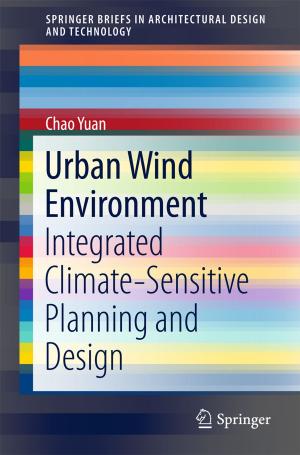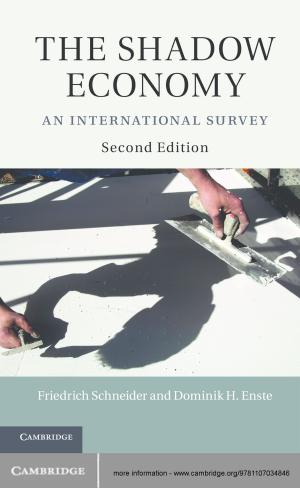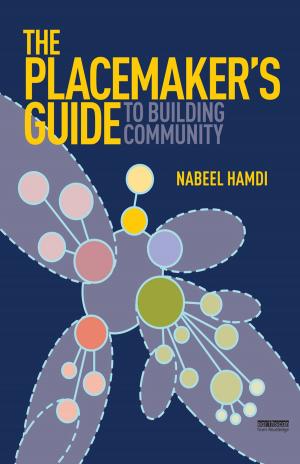Biodiversity in the Urban Landscape, Citygreen Issue 4
Nonfiction, Art & Architecture, Architecture, Planning| Author: | Centre for Urban Greenery & Ecology, Singapore The Editorial Team | ISBN: | 9789810913045 |
| Publisher: | Centre for Urban Greenery & Ecology, Singapore The Editorial Team | Publication: | August 5, 2014 |
| Imprint: | Smashwords Edition | Language: | English |
| Author: | Centre for Urban Greenery & Ecology, Singapore The Editorial Team |
| ISBN: | 9789810913045 |
| Publisher: | Centre for Urban Greenery & Ecology, Singapore The Editorial Team |
| Publication: | August 5, 2014 |
| Imprint: | Smashwords Edition |
| Language: | English |
CITYGREEN, winner of the APEX Awards for Publication Excellence for three consecutive years - 2014, 2013 and 2012, is a biannual publication of the Centre for Urban Greenery & Ecology, Singapore. It presents current research on greening and ecology of the urban environment, and features outstanding green projects in international cities.
Nature and biodiversity conservation in a city setting is at first sight an illogical and a mismatched proposition. It is argued that cities are, by their nature, artificial constructs to be maximised for human dwellings, comfort, commerce and trade, arts and culture, and so forth, and there is scant space for the presence of biodiversity such as plants, birds, insects, and fishes in our day-to-day living. Encounters with nature should be best confined to national parks or nature reserves beyond the outskirts of cities. Traditional understanding is that nature and city living are opposing elements and therefore cannot be mixed.
But how quickly is this view being increasingly challenged. Indeed, it is exactly because cities are built for humans that the presence of nature in the urban environment is needed to enhance its liveability for human wellbeing. It is also a known fact that cities exert ecological footprints beyond their boundaries and that they play an important role in global efforts to conserve biodiversity.
CITYGREEN, winner of the APEX Awards for Publication Excellence for three consecutive years - 2014, 2013 and 2012, is a biannual publication of the Centre for Urban Greenery & Ecology, Singapore. It presents current research on greening and ecology of the urban environment, and features outstanding green projects in international cities.
Nature and biodiversity conservation in a city setting is at first sight an illogical and a mismatched proposition. It is argued that cities are, by their nature, artificial constructs to be maximised for human dwellings, comfort, commerce and trade, arts and culture, and so forth, and there is scant space for the presence of biodiversity such as plants, birds, insects, and fishes in our day-to-day living. Encounters with nature should be best confined to national parks or nature reserves beyond the outskirts of cities. Traditional understanding is that nature and city living are opposing elements and therefore cannot be mixed.
But how quickly is this view being increasingly challenged. Indeed, it is exactly because cities are built for humans that the presence of nature in the urban environment is needed to enhance its liveability for human wellbeing. It is also a known fact that cities exert ecological footprints beyond their boundaries and that they play an important role in global efforts to conserve biodiversity.

